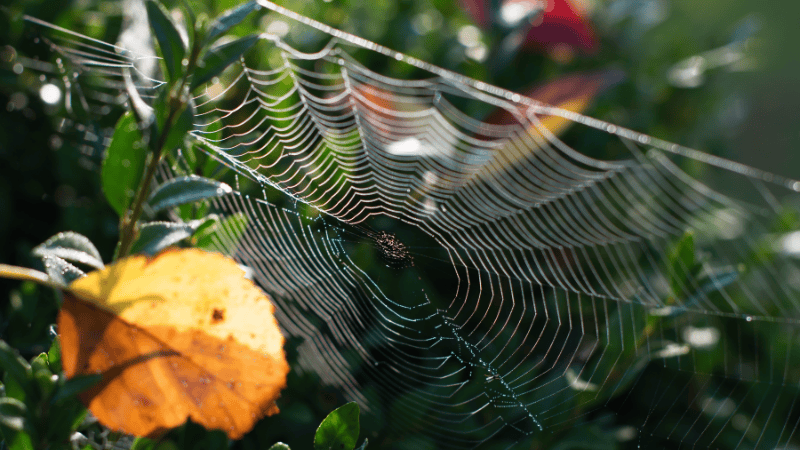When Is Termite Season & What Should I Watch For?

While termites can be found in homes around Massachusetts, Maine, and New Hampshire year round, there are certain times of year that are more prone to termite swarms and active termite colonies. As the calendar turns from spring to summer it is important to note that termite season is officially upon us.
When Is Termite Season?
Determining termite season is different for the varying types of termites that can be found across the nation. For instance drywood termites tend to swarm and are active during the late summer and fall months (August - November).However, New England's most common type of termite is the Eastern Subterranean Termite. This type of termite typically swarms during the spring and summer months. That means right now your home may be facing a termite infestation and you may miss it unless you know what to look for.

What Signs Should I Watch For?
Before we begin listing off the warning signs that you home may have termites, it is important to note that subterranean termites build their nests underground and travel through the ground in order to get to the structures they need to feed on - a.k.a your wooden home, your beams, joists, shed, trees, and wooden shingles. They even like your wooden furniture!Now that you understand that the subterranean termite is hard to spot since it travels below the Earth or in tubes that they create, you will want to watch for these signs in your basement, crawl spaces, and other dark, hidden places.

Look for ...
- Winged termites in your home. These winged swarmers are spotted after a heavy rainfall in the spring or early summer months.
- Discarded wings on the floor of your basement or around wooded objects such as beams.
- Mud tubes at the base of a wood structure. These tubes will lead to what they are feeding on in your home and will lead to an area outside as well.
- Termite droppings (called frass) that are created from eating the wood in your home.
- Hollowed or damaged wood. You may see wood buckling or blistering. You may need to knock on the wood to hear the hollow sound. Many home inspectors go to the basement to knock on support beams to hear the sound of healthy wood or hollowed damaged wood.
If you see any of these red flags in your home, call our team and we will immediately schedule an inspection to see how extensive the problem is and how much damage has been done.



